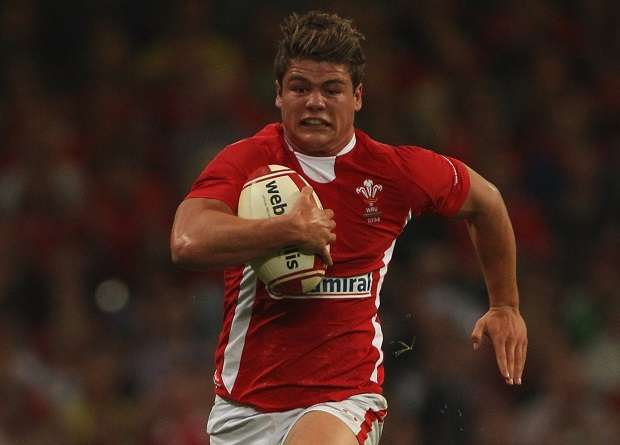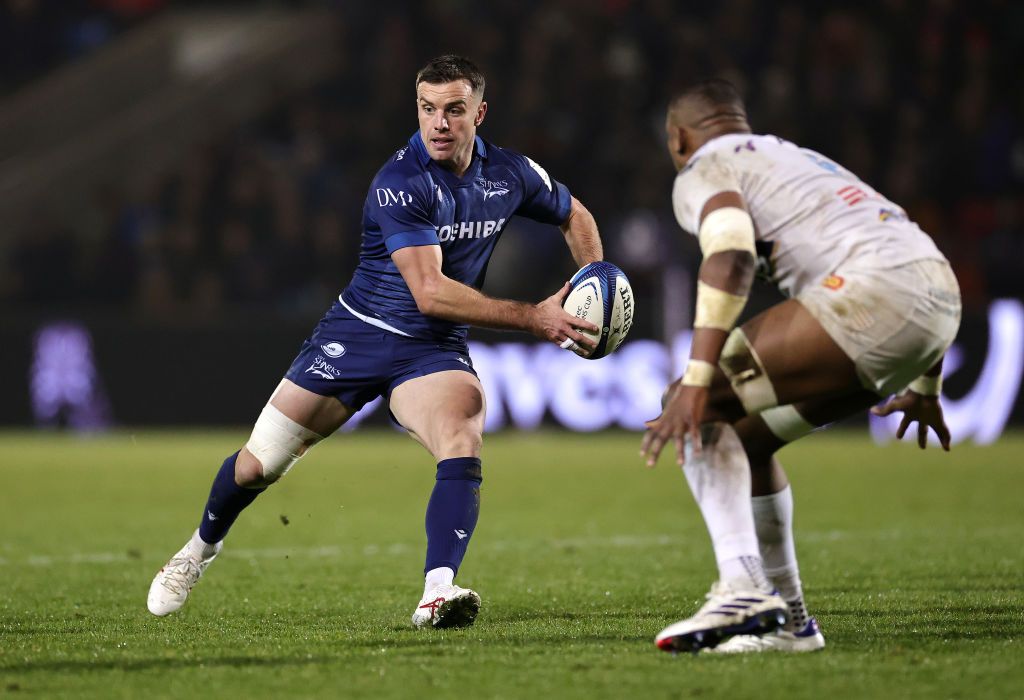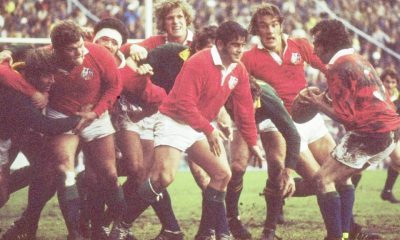
 Harry Robinson’s first tour as a newly-capped international three years ago ended with a glowing report from the Wales management. Despite being forced to settle for a drawn series in Japan, they marked the 21-year-old down as a player with a big future.
Harry Robinson’s first tour as a newly-capped international three years ago ended with a glowing report from the Wales management. Despite being forced to settle for a drawn series in Japan, they marked the 21-year-old down as a player with a big future.
Mark Jones, backs coach on the trip when the best of British and Irish were otherwise engaged with the Lions in Australia, had been suitably impressed.
“We wrote our tour report and Harry came home with a big tick against his name,” he said. “Here was a player of real potential – a bright, brave lad, nice turn of pace and a good defender. He was in a very strong position, a wing who had made a real impact but who was still nowhere near his prime.
“Shaun Edwards was on that tour and he was happy with the way Harry defended. He was only 21. Shane Williams had hardly started playing first-class rugby at that age.
“Wales haven’t got that many international-class players overall, never mind in the back three positions. Harry’s next challenge after he came home from Japan was whether he could handle the Bryan Habanas and other powerful wings at the very highest level.”
Sadly, nobody will ever know. The boy whom Wales earmarked for a big future has now had to come to terms with the cruel reality that, as a Test wing, his future is all behind him at the devastatingly early age of 23.
In hindsight, it was as good as over at 22. What happened to Robinson in the Scarlets’ home Pro12 match against Edinburgh on March 28 last year prompted his surgeon to advise him to hang up his boots and no wonder.
The ‘nasty bump’ which Robinson suffered that day had a traumatic effect on his spine. “My whole body ended up going numb,” he said. “I couldn’t feel my feet and I lost all sense of balance.
“In the collision two of my discs must have slipped and ended up going onto my spinal cord. It was pretty frightening.”
It took the fusion of three vertebrae to repair the damage. Rather than accept the surgeon’s advice, Robinson made a brief come-back for the Scarlets. Three matches were enough to convince him the surgeon had been right all along.
The fact that Robinson has been smashed out of the game will add grist to the mill of those who doubt whether the smaller men can survive in a sport dominated by giants who look as though they have come from the Land of the Apes.
Robinson is 5ft 9in and 13 stone, a fine physical specimen and bigger than Shane Williams but, measured on the gargantuan scale of the Test arena, a flyweight. Another Welsh wing flyweight of almost identical height and weight, Will Harries, has dropped off the radar after rupturing knee ligaments.
Harries, like Robinson, played three times for Wales, the last, ironically, as a late substitute after Robinson had made a try-scoring debut against the Barbarians in June 2012. The former Dragons wing is now to be found at Ealing Trailfinders in the English Championship.
Two other Welsh wings of similar non-monstrous physique – Kevin Morgan and Rhys Williams – were also battered into retirement before they got to 30. Mark Jones, a more powerful presence at 6ft 1 and more than 14 stone, succumbed to the same fate at the same age, 29.
“I don’t think it’s got anything to do with Harry’s size,” said Jones, back in Wales after a stint as head coach of Rotherham Titans. “There’s no doubt size does help but in Harry’s case it’s one of those horrible things that happen in a contact sport.
“I dodged a few bullets in my time and then I realised there had to be life after rugby. It was heart-breaking because you are, as they say, a long time retired.
“After knee damage the worst thing I was going to be left with was a limp. Neck injuries, like Harry’s, are far more serious. Rugby’s a great sport but nothing is worth putting your life at risk.”
And so Harry Robinson bows out with a Test strike rate of almost a try-a-game. Not much consolation for being finished at 23 but at least he lived the dream, if only for a few years.


Latest News
George Skivington playing it smart at Gloucester

English Championship
English second tier gets rebrand to ‘Champ Rugby’


























You must be logged in to post a comment Login